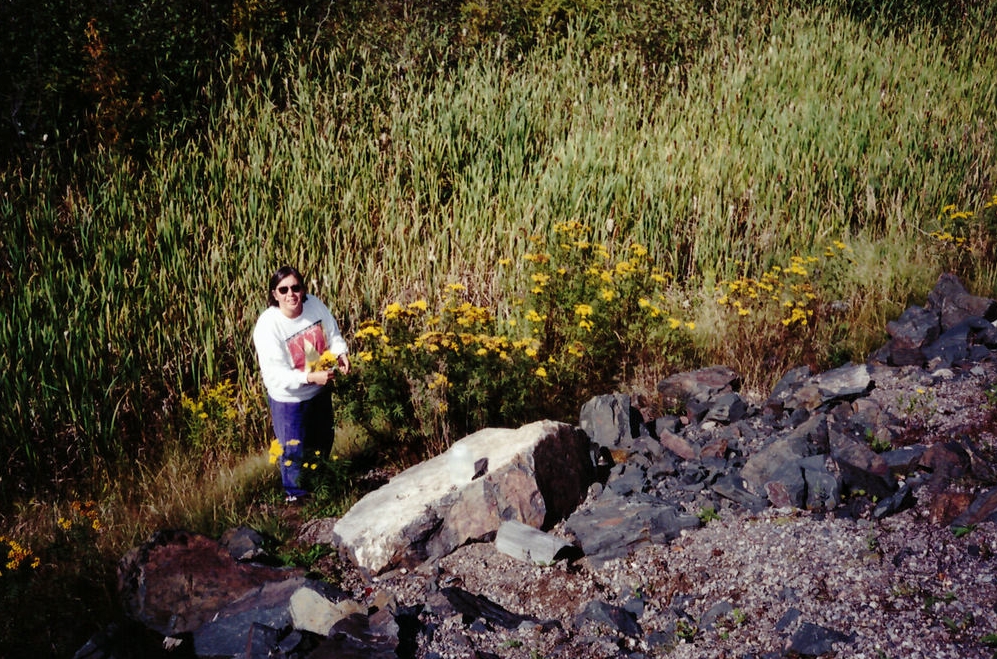Collecting
/Indie plucks the rare specimen, Glorianus maximus, from its place of concealment high atop an Andean mountain after sighting it from his plane. Except it never happens like this. A successful botanical collection comes from the preparation. Here are a few tips from a 40-year veteran to get you started.
First, KNOW your plant:
What’s the life cycle – when does it flower, when does it seed? Wait for the plant to be at seed development before you collect if you are researching the seed.
When is the best season for collecting? If the plant is a spring ephemeral then your collection period is limited to those two months in spring.
Where is the plant found? Is it a forest plant: from a rainforest or deciduous? Is it a grassland plant: arid or semi-arid? What kind of soil does it grow on: sandy, clay?
What other plants might it be found with? If the plant is shade loving, then look for it under forest canopy. Plants live in communities, so look for keystone species that may help you find your plant.
How visible is it? If the plant is like others, then know the key differences.
Are there cultural, ethical or legal collection restrictions? You will require permits to collect in parks and the permission of landowners to collect on private property.
How can you find this stuff out?
The good news is that all species in the plant kingdom have been identified and if the plant was used as a medicine then someone somewhere has recorded this information. The answers to your questions will be available in public-domain literature, e.g. ethnobotanical and ethnopharmacological journals and traditional references. If you are lucky, these resources are on the internet, otherwise plan time in the library. Some plants even have associations dedicated to them.
Visualizing the plant
You now have the morphology, ecology and traditional use of the plant. Are you ready to collect yet? Most of the references do not provide visual images so you have to use plant identification textbooks and databases. However, images in books, articles, or on a screen are just centimetres from your eyes. The plant is perfect and it is the only one in the illustration. You will require more than illustrations: The more pictures or paintings you see, the easier it will be to visualize the plant. Remember, the plant you are seeking is in its natural environment, so it may not look like the images. The plant is a food source to others, e.g. insects, fungi, and mammals; it may be damaged, and therefore its appearance could be altered. Also, the plant may not be upright because of the terrain or hidden because of other plants.
Ready
With the imprint of your plant fixed firmly in your mind, pack your bag with mosquito repellent, cell phone, camera, GPS, specimen containers, trowel; put on the hiking boots; grab the walking stick and pepper-spray; and go. Glorianus maximus, look out!
Valerie Assinewe
Valerie Assinewe, PhD, learned about herbal medicines from her grandmothers, in her graduate studies, and in her jobs with the federal government and as a consultant. She is now a retired civil servant.
linkIn|sites I follow http://umm.edu/health/medical/altmed/ and http://www.unitedplantsavers.org/




